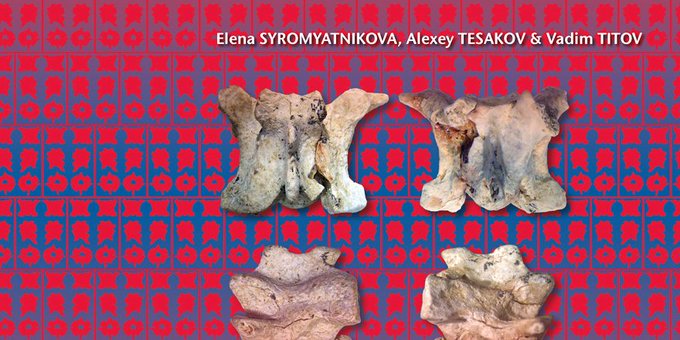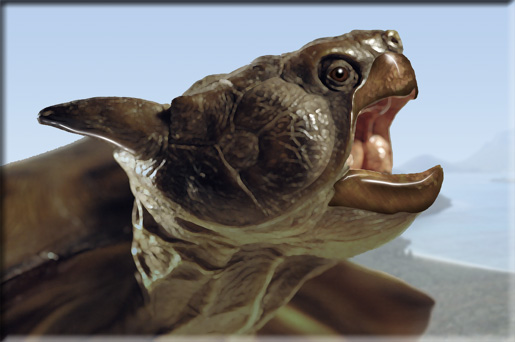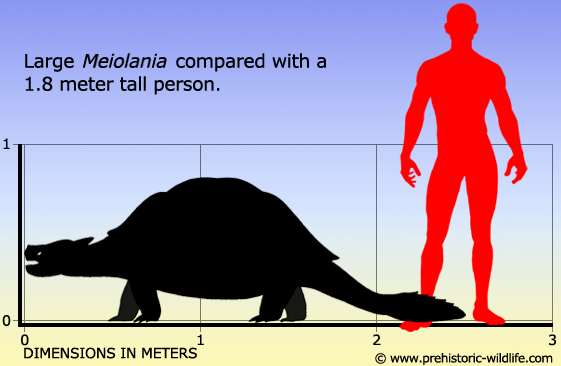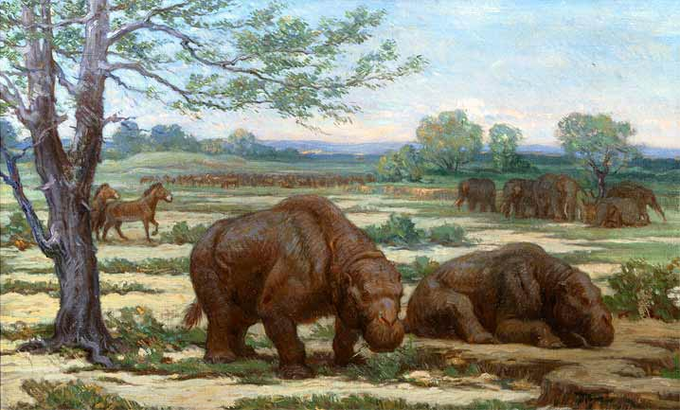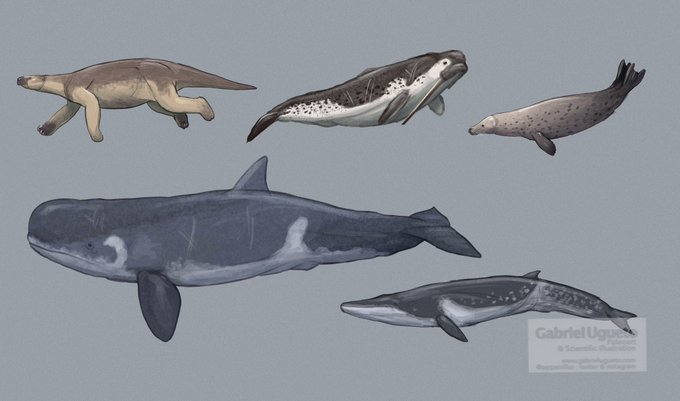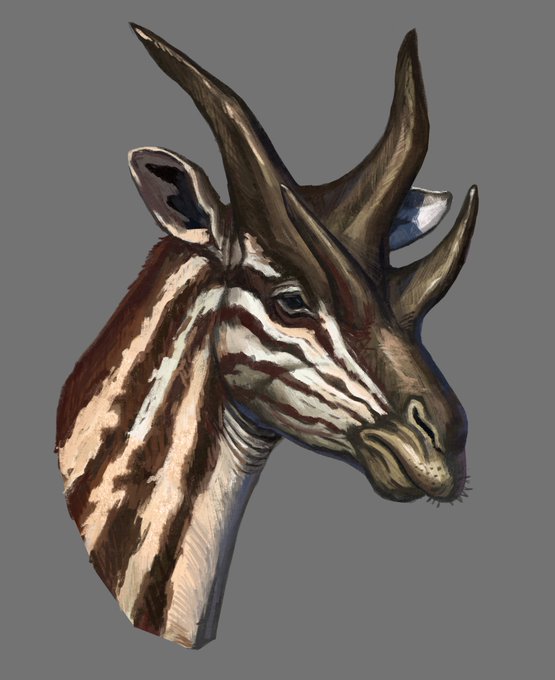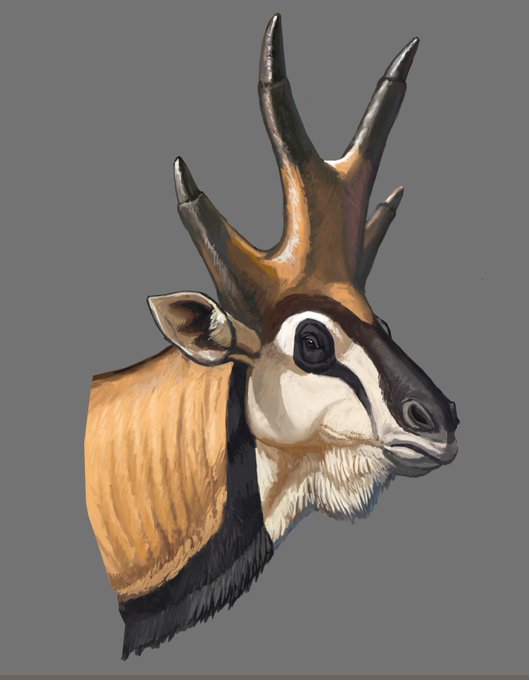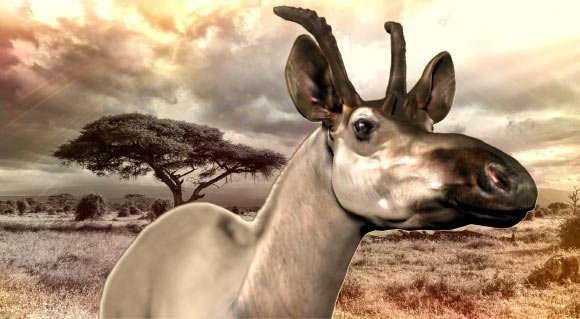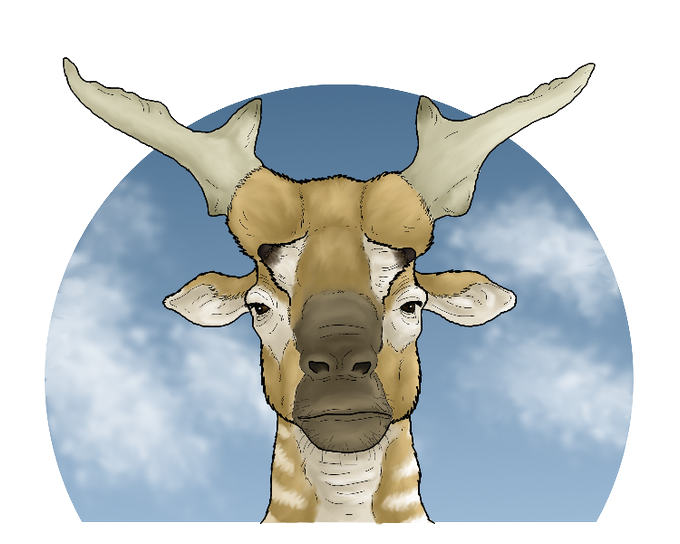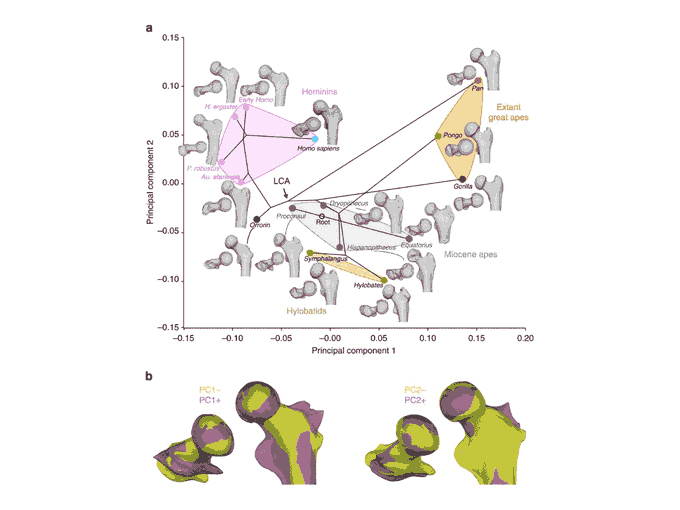MioceneのTwitterイラスト検索結果。 148 件中 4ページ目
Painted a macroraptorial sperm whale mother (Zygophyseter varolai) swimming peacefully along a seagrass bed as her calf takes a nap on top of her sometime during the late Miocene.
#FossilFriday
Nature definitely did some experimentation as to what it wanted out of small toothed cetaceans. This is the somewhat river dolphin-adjacent Eurhinodelphis, a species that would've likely used its long rostrum for prey capture as depicted. The Miocene was an incredibly weird time.
The third fossil tardigrade, from Miocene age Dominican amber - #ProcB https://t.co/sS7J50PRhz @RobinNinon1 @BoudAnt1 @InvertebratePal #OpenAccess #Palaeontology
Part two of me coloring @VilleSinkkonen ’s amazing linearts. These three are small pronghorns from the Miocene grasslands of North America. Their palettes were inspired by several species of antelope from the Horn of Africa.
[#Goediversitas] 🐍 Naja romani (Hoffstetter, 1939) (#Serpentes: Elapidae) from the late Miocene of the Northern Caucasus: the last East European large #cobra. ⬇️
🔗 https://t.co/vL9cbVMEbb
🖋️ Elena SYROMYATNIKOVA et al.
#FossilFriday #Elapidae #snakes #Neogene #Elapid #Miocene
#FossilFriday @IUCAunizar @UccUnizar @NKargopoulos
@uni_tue I am happy to present our collaboration between Tubingen/Zaragoza universities. Welcome to the #otter 🦴🦦Vishnuonyx neptuni sp nov from Hammerschmiede, a new otter from Miocene of Germany.
https://t.co/emNxFMXVjM
This is Naraboryctes, a marsupial mole from the early miocene in Northern Australia. They were the heaviest known marsupial moles at nearly half a pound. This animal also lived in the rainforest, compared to it's dessert living relatives today. Art by the great @JoschuaKnuppe
Meiolania was one of the largest tortoises ever, reaching 2.5 metres in length. They lived during the Miocene & Holocene & the last relict populations survived on New Caledonia until 3,000 years ago!
(Credit Prehistoric Wildlife)
(3) From Miocene Iberia to Pliocene India, almost-if-not-every species of animal that inhabited those ecosystems then are now vanished. And yet, comparing the ecological *communities* as a whole, a remarkable continuity is observed.
Thread. Study/sketches of Early Pliocene pacific coast Soith American birds and mammals (except Livyatan which is older, from the latest Miocene). In preparation for several commissioned illustrations.
Some fossil Giraffes
1.Giraffokeryx punjabiensis (Miocene,India);
2.Shansitherium tafeli (Miocene,China);
3.Sivatherium giganteum (Micocene,India);
4.Bramatherium perimense(Micocene to Pliocene,India to Turkey)
Decennatherium rex, this genus is distinguished by a more longer moose like snout. D.rex known from the Late Miocene of Madrid, Spain. Decennatherium rex has a somewhat larger masseteric fossa than most other giraffids and indicates more grazing habits than the extant Giraffids.
Thiornis sociata brooding or something :P
I swear this looks better in my brain...
#thiornissociata
#paleoart
#extinctbird
#miocene
A little sneak peak at one of the big projects I'm working on rn, say hello to Hispanopithecus laietanus! She's an early primate from mid Miocene Catalonia close to the split between orangutans and chimps/gorillas
#paleoart #MonkeyMonday
A 2013 analysis by @AlmecijaSergio and coworkers put the Orrorin femur into context of Miocene apes, fossil hominins, and living apes. Chimpanzees and gorillas diverge strongly in their femoral morphology from their close living and fossil relatives.
Apparently it's #InternationalHyenaDay, so have this #Dinocrocuta! This giant hyena roamed Eurasia during the Miocene, hunting rhinos, stealing sabercat kills, and overall being badass. #Hyenas get an unfair rap as cowardly animals but not much would've scared Dinocrocuta!
Phylogenetic analysis & #osteological comparison of the #cavefish Bibarba parvoculus & its surface congener B. bibarba corroborate their specific differentiation & estimate the species split in the #EarlyMiocene.
Part of the April issue: https://t.co/IAk5xAjXhG










